– Agricultural tourism is opening a new direction for Hanoi, both creating livelihoods for rural people and enriching the cultural identity of the land of thousands of years of civilization.
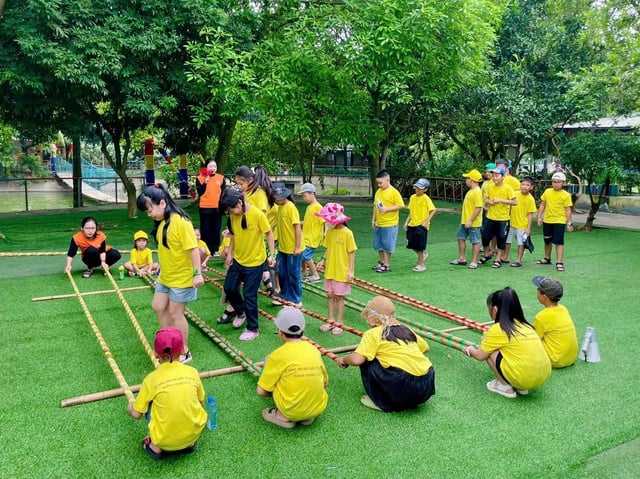
Each craft village and each rural garden can become a tourism product.
Established in 2007, the Erahouse Experiential Education System has expanded to 8 facilities, 7 of which are located in suburban areas, becoming a pioneering model combining learning, entertainment and eco-tourism. The farms operate organically and safely, helping children learn life skills, practice independence and love nature.
Along with Erahouse, many models such as VietHarvest in Long Bien or Hue Minh garden in Thuong Tin are contributing to spreading the trend of agricultural tourism. These trips are not just a walk, but also a green lesson about labor, nature and family love, bringing both fun and educational experiences to families.
According to the Hanoi Department of Tourism, by mid-2025, the city will have more than 100 agricultural and community tourism models operating effectively in suburban and suburban communes. The richness of the suburban areas gives Hanoi favorable conditions to combine agriculture with craft villages, creating unique linked tours such as "A day as a farmer in Ba Vi", "Journey from Bat Trang pottery to Van Phuc silk" or "Discovering the soul of Hong Van countryside", bringing diverse experiences to domestic and international tourists.
The latest statistics show that in September 2025 alone, Hanoi is estimated to welcome 4.17 million visitors, nearly double the same period in 2024. Of which, international visitors reached nearly 670,000, domestic visitors about 3.5 million. Total revenue from tourism is estimated at 12,000 billion VND, an increase of more than 46% over the same period last year. In the first 9 months, Hanoi welcomed more than 26 million visitors, of which 5.54 million were international visitors, bringing in revenue of about 98,360 billion VND. These figures show the strong resilience of the capital's tourism industry, in which agricultural tourism contributes increasingly clearly, becoming a spearhead in developing the green economy and promoting community tourism.
Mr. Vu Van Tuyen, Vice President of Vietnam Community Tourism Association, Director of Travelology Vietnam Company, commented: “If done in the right direction and invested appropriately, Hanoi can completely become the capital of creative and sustainable rural tourism of the whole country. This is a multi-dimensional development field, bringing economic value while contributing to heritage preservation, environmental protection and building a sustainable community.”
In terms of policy, the foundation for rural tourism development is clear. Decision 922/QD-TTg dated August 2, 2022 of the Prime Minister identifies rural tourism as a key development direction for the 2021-2025 period, setting the goal that each locality will have at least one standard rural tourism destination. Hanoi concretizes this with Plan 73/KH-UBND, selecting the old districts of Thuong Tin, Dan Phuong, Thanh Tri, My Duc, Thach That and Son Tay as pilots for developing community tourism, craft villages and smart tourism models.
Up to now, the program continues to be implemented in communes after the administrative boundary merger. Hanoi City also clearly defines the motto: developing green, responsible and sustainable tourism, linking environmental protection with preserving rural cultural identity, bringing green economy into harmony with Vietnamese cultural values.
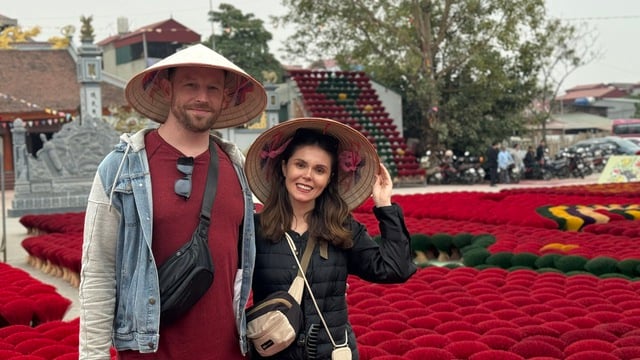
Develop in the right direction to create sustainable momentum
Mr. Vu Van Tuyen said: "Hanoi possesses particularly favorable potential with more than 1,300 craft villages, of which 337 are recognized traditional craft villages. Each craft village and each rural garden can become a unique tourism product." However, reality also shows that many destinations have not been exploited to their full potential. Tourism infrastructure is still limited, ancillary services are weak, products are not diverse, mainly stopping at sightseeing, not having many in-depth experiences. Besides, the human resources for agricultural tourism still lack skills, are afraid of technology and digital marketing.
According to Mr. Tuyen, to develop rural tourism effectively, Hanoi needs to identify four strategic factors: Building unique products, planning reasonable regions and tours, investing in synchronous infrastructure, and taking the community as the center. “People are the soul of agricultural tourism. Without them, every model will lack vitality,” he emphasized.
From the perspective of travel businesses, he pointed out three major bottlenecks that need to be resolved: People, products and mechanisms. “People lack service skills; products in many places are monotonous, visitors only come during the day, spending is low; while investment procedures, planning, capital incentives and transport infrastructure are still stuck,” he analyzed.
He also affirmed that sustainability must be the main axis of rural tourism in Hanoi. When people can truly make a living from tourism, they will be conscious of preserving the environment, culture and landscape. The agricultural tourism model not only helps increase income but also arouses love for the homeland and pride in traditional occupations.
Typical models from small gardens like VietHarvest to community tourism areas like Hong Van and Ban Mien are opening up new streams for rural economic development. Each rural experience is not just a trip, but also a journey connecting people with land, culture and roots.
If properly planned, invested in the right direction and the role of the people is promoted, Hanoi can completely become the capital of creative agricultural tourism. Each season, each craft village can be transformed into an attractive story to tell to domestic and foreign tourists.
The harmonious combination of green economy, educational experience, cultural preservation and community tourism development is the key for Hanoi to not only attract tourists but also create sustainable revenue, unleash new vitality for the capital's rural areas, and contribute to raising Hanoi's position on the national and international tourism map.
Source: Government Electronic Newspaper
Source: http://sodulich.hanoi.gov.vn/du-lich-nong-nghiep-ha-noi-huong-di-moi-mo-ra-co-hoi-dau-tu-ben-vung.html



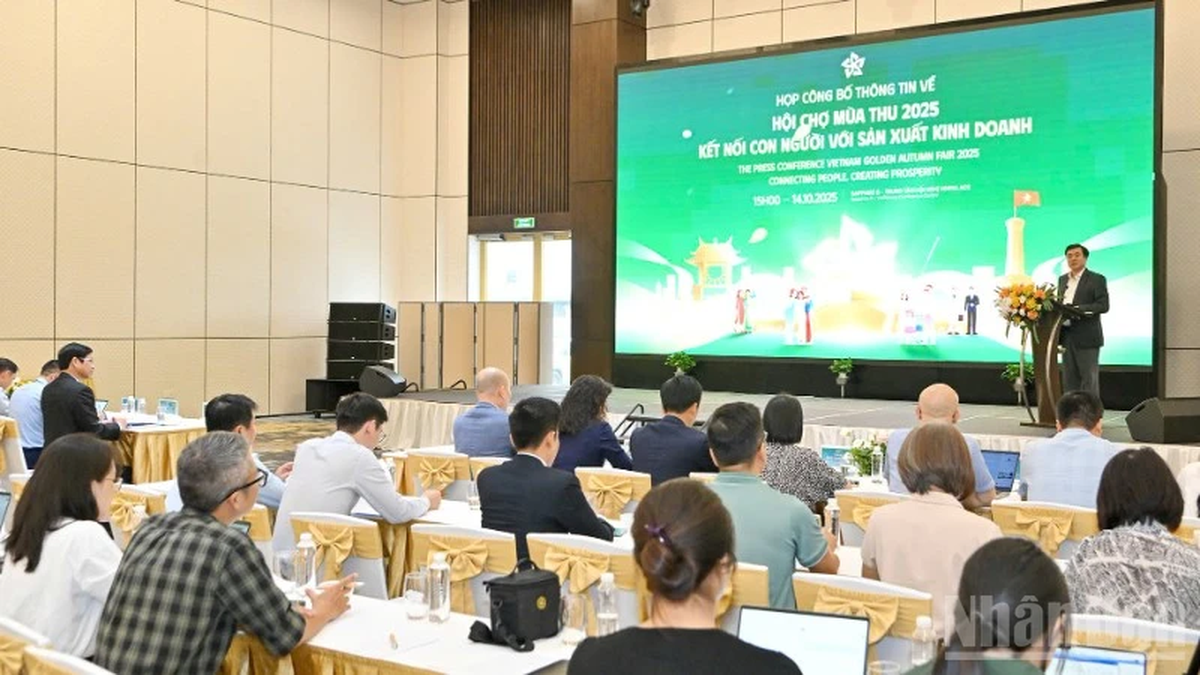


![[Photo] Ready for the 2025 Fall Fair](https://vphoto.vietnam.vn/thumb/1200x675/vietnam/resource/IMAGE/2025/10/14/1760456672454_ndo_br_chi-9796-jpg.webp)
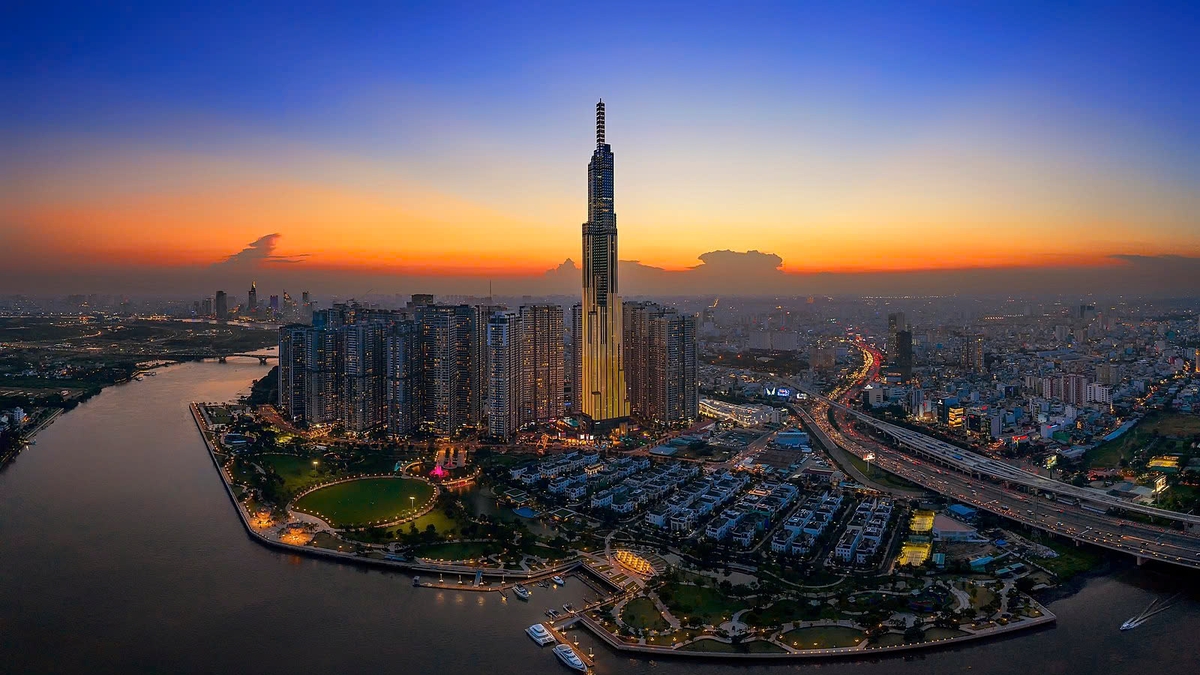
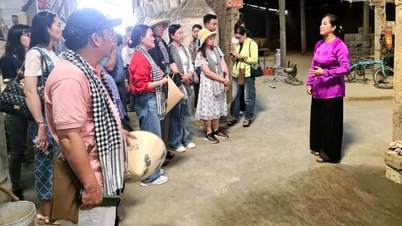

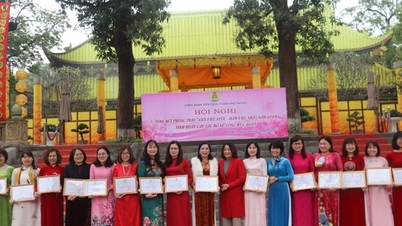

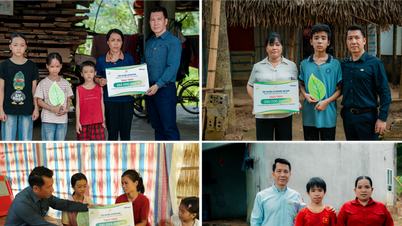
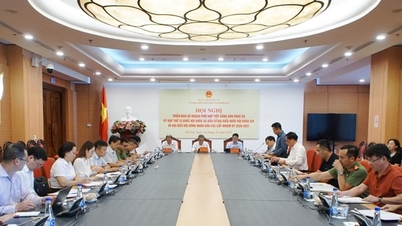
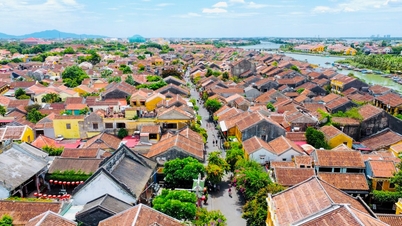

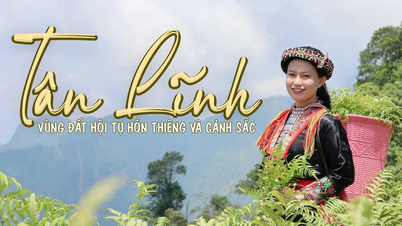





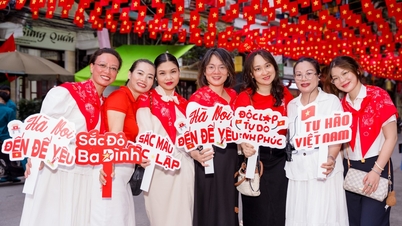
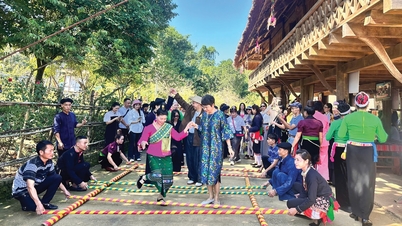
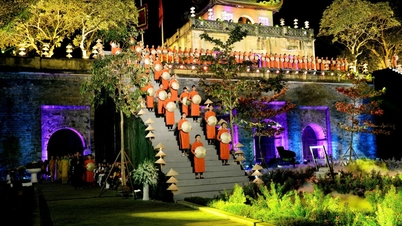

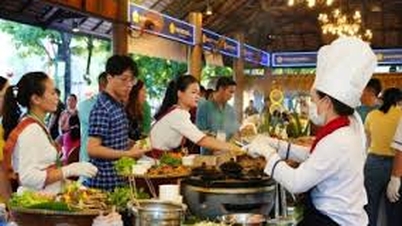
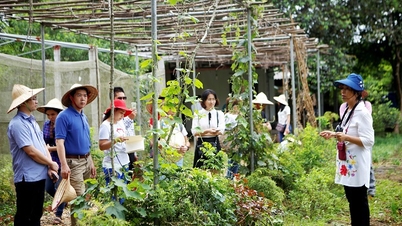



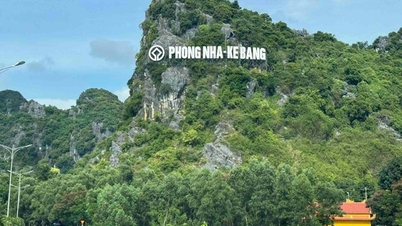

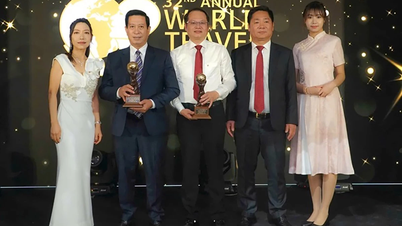

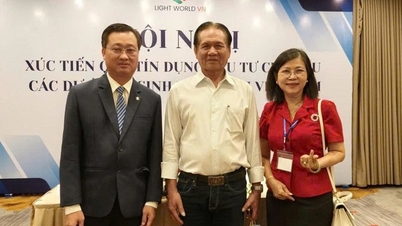


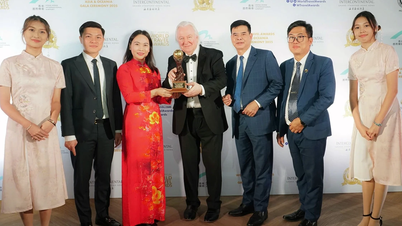














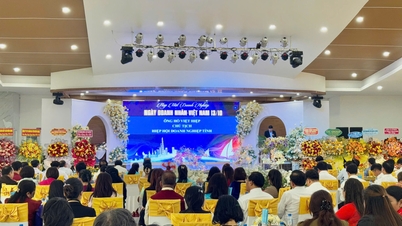
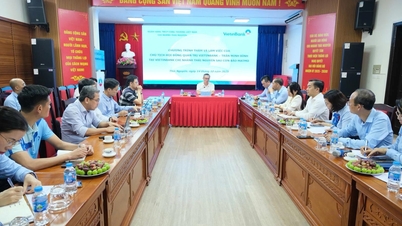
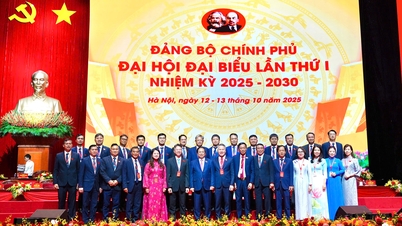
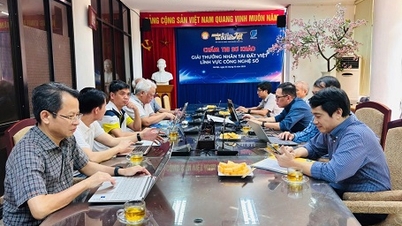









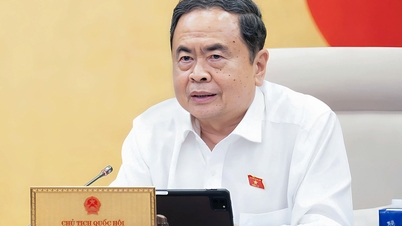
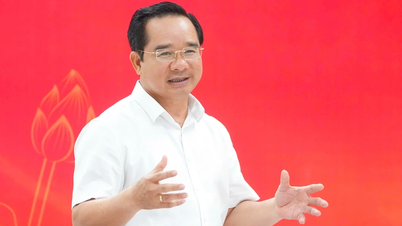
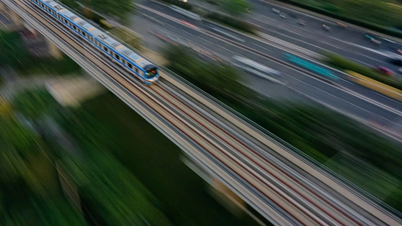



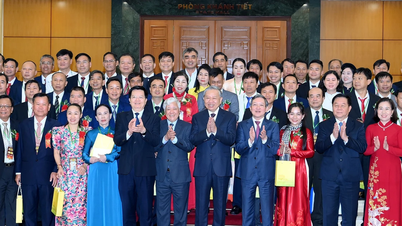
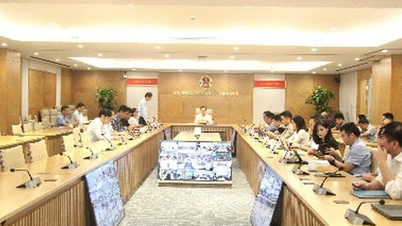

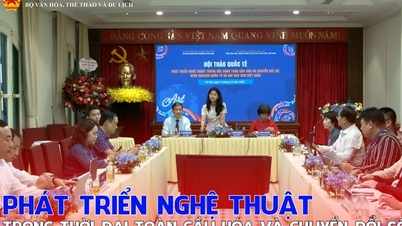

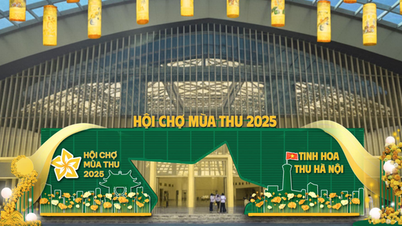
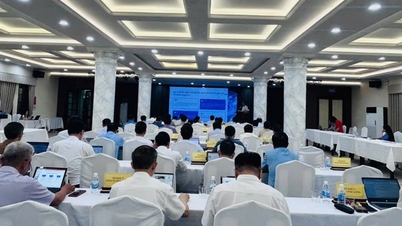
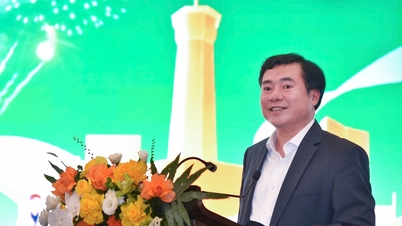

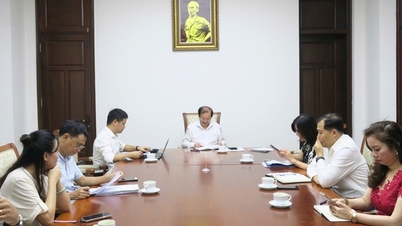
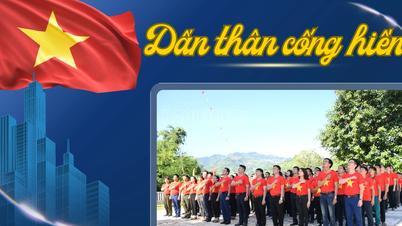
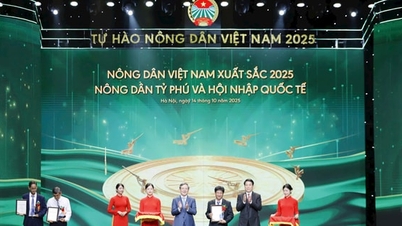
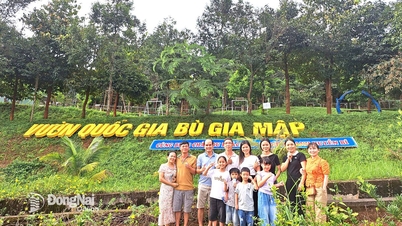

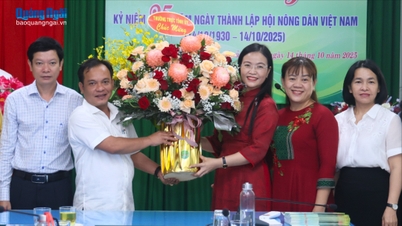
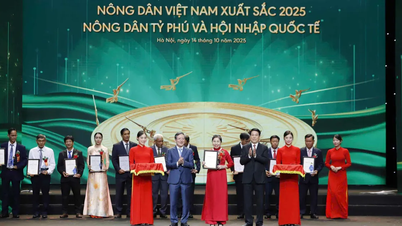

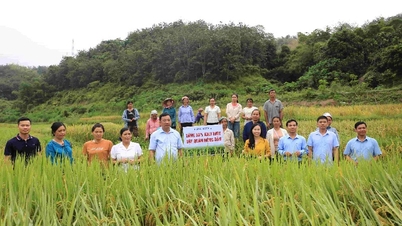















Comment (0)